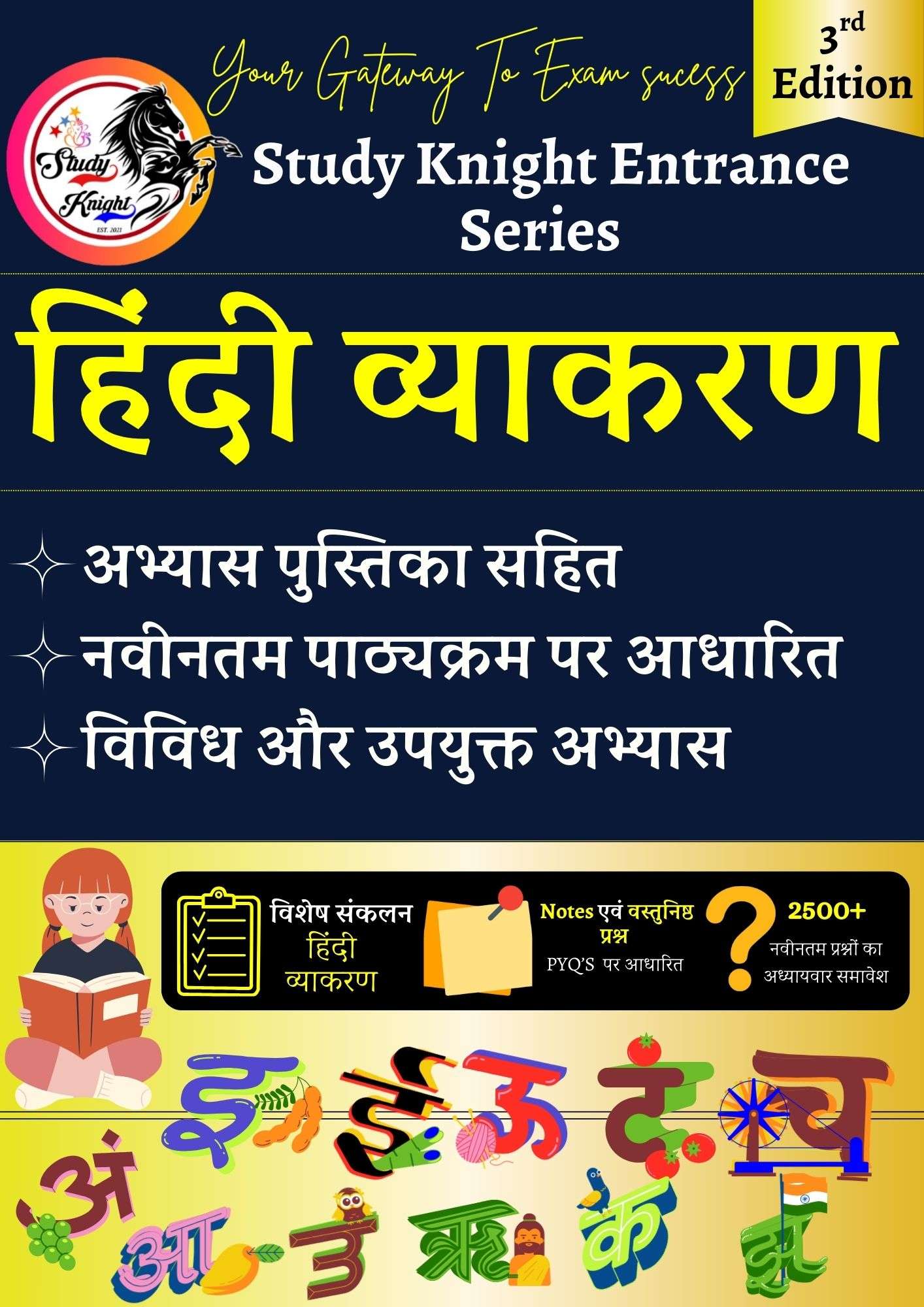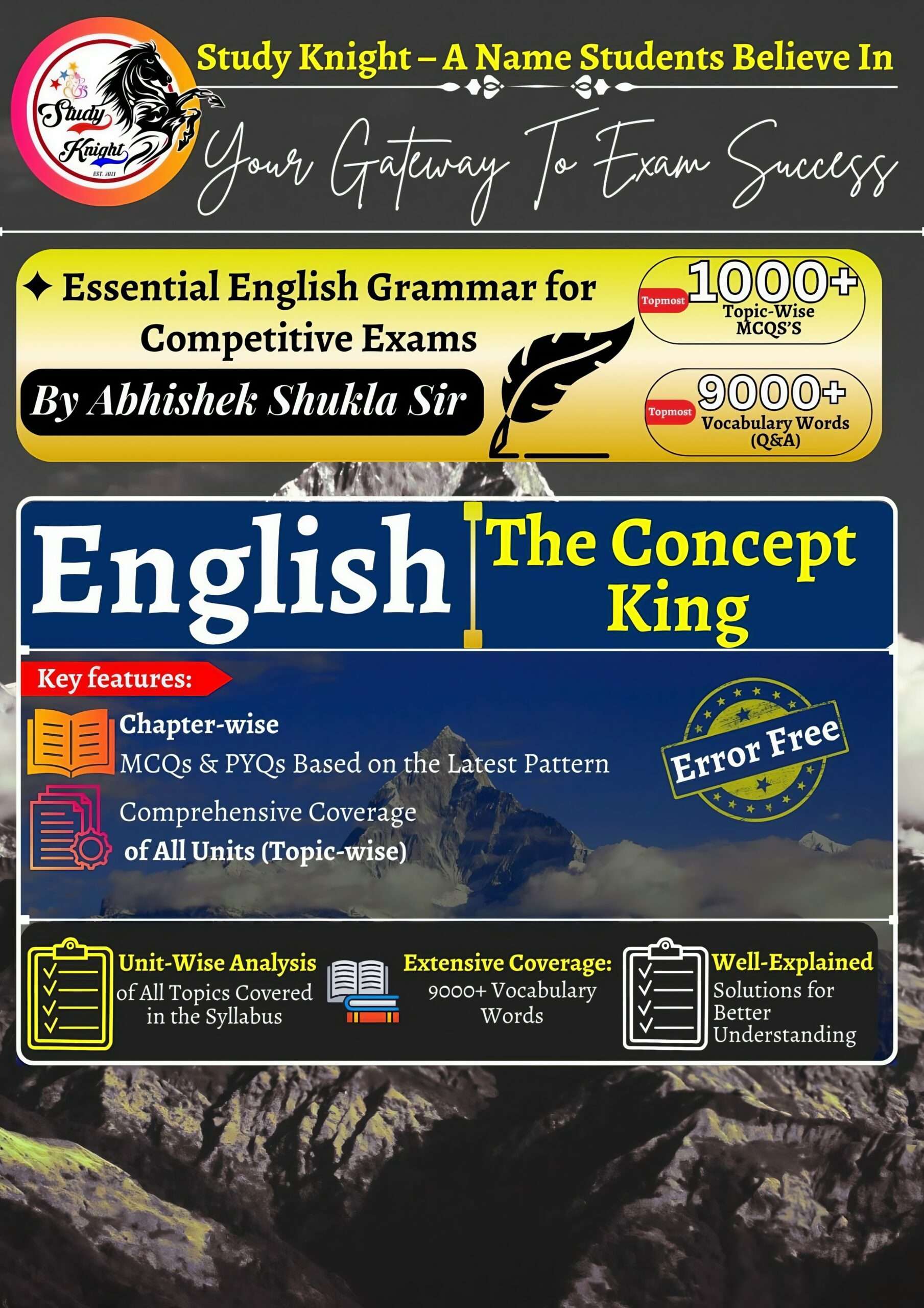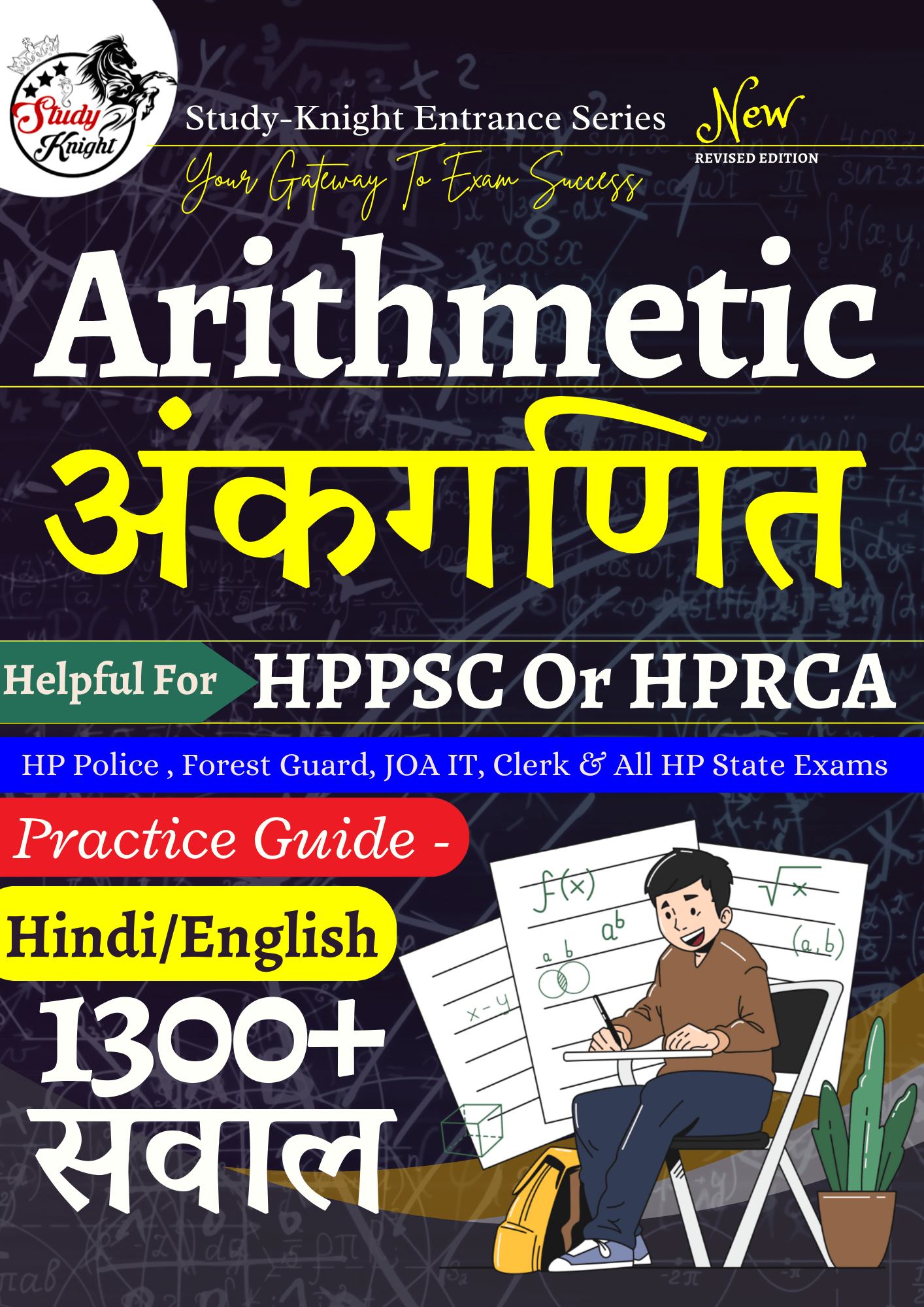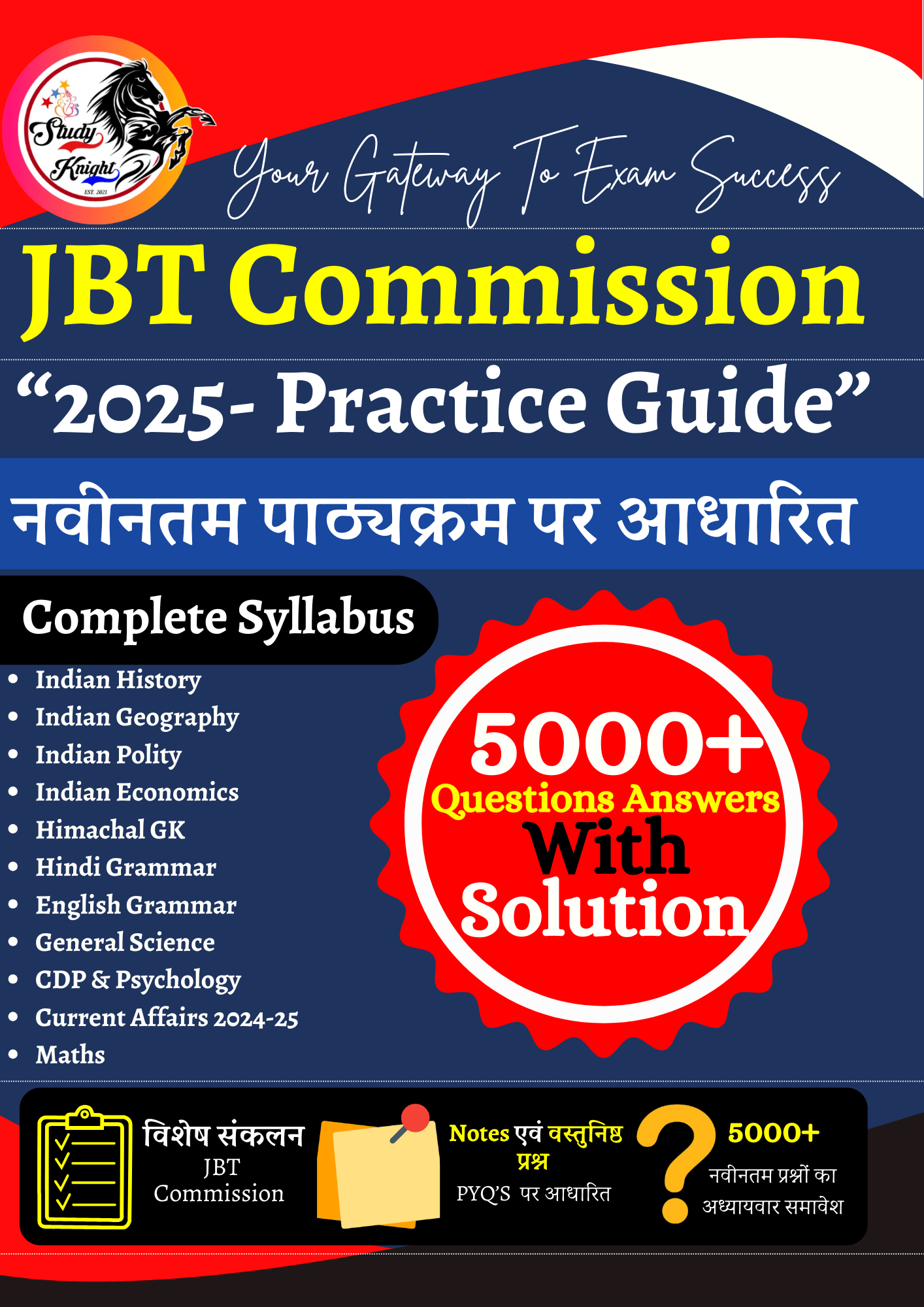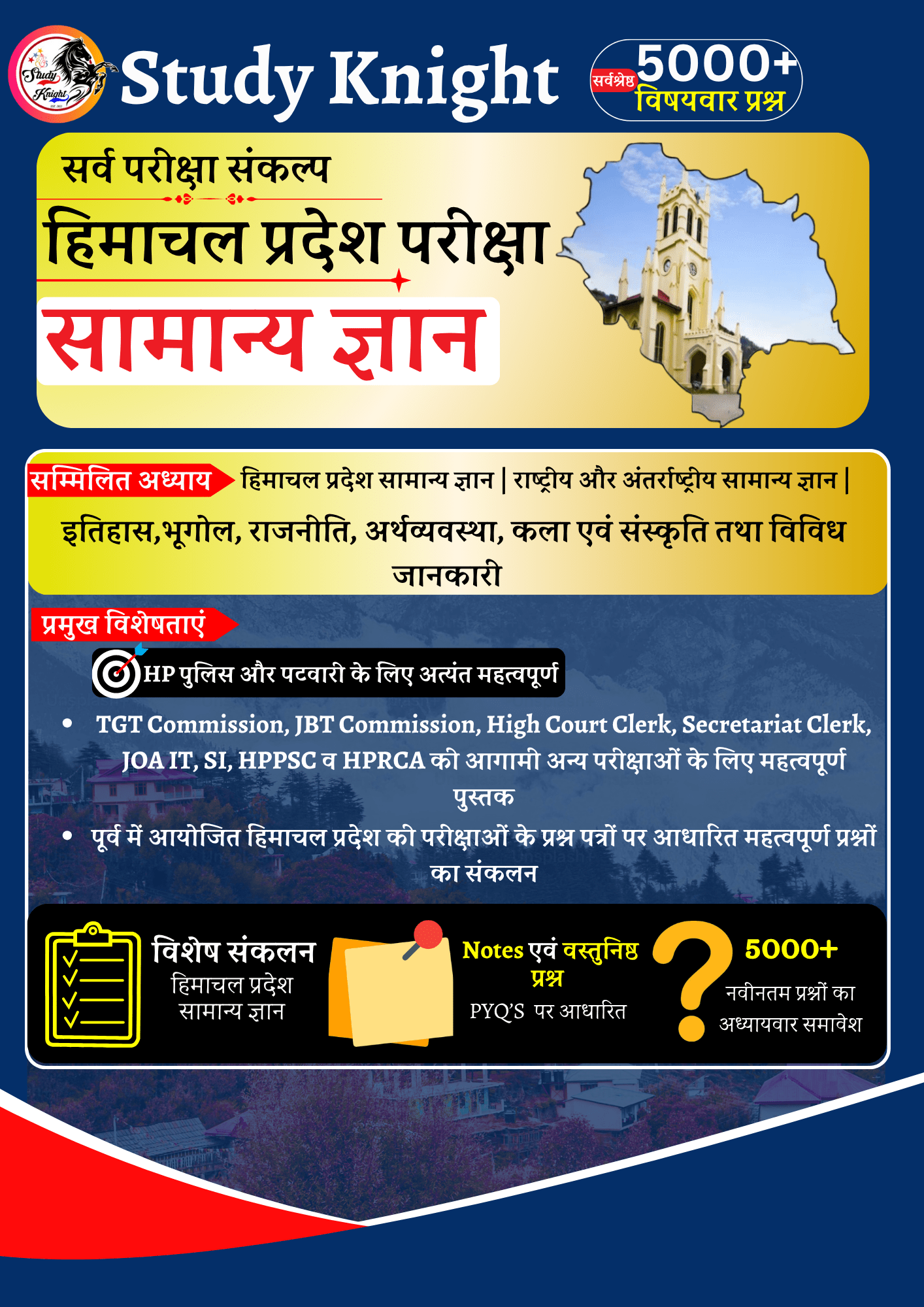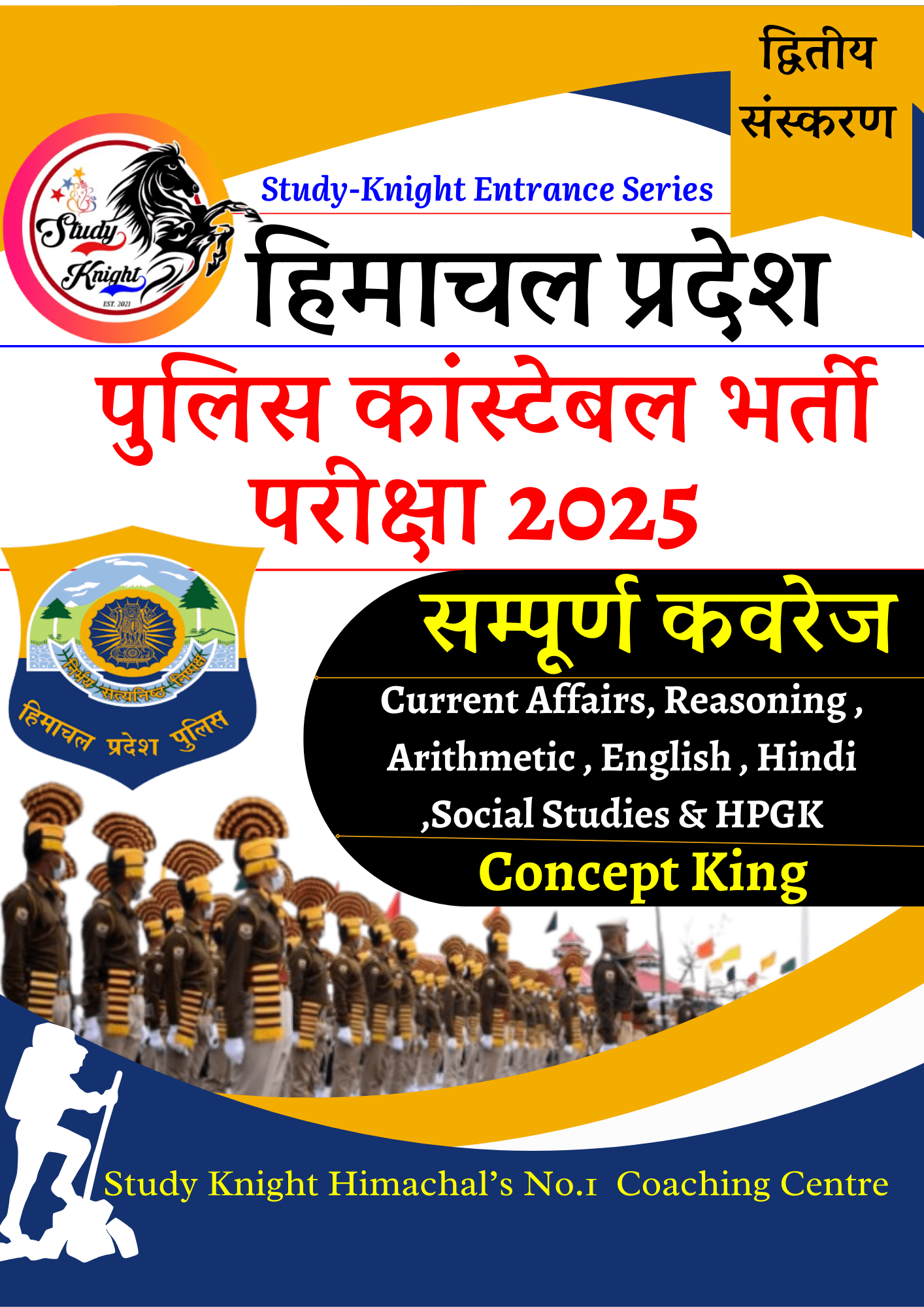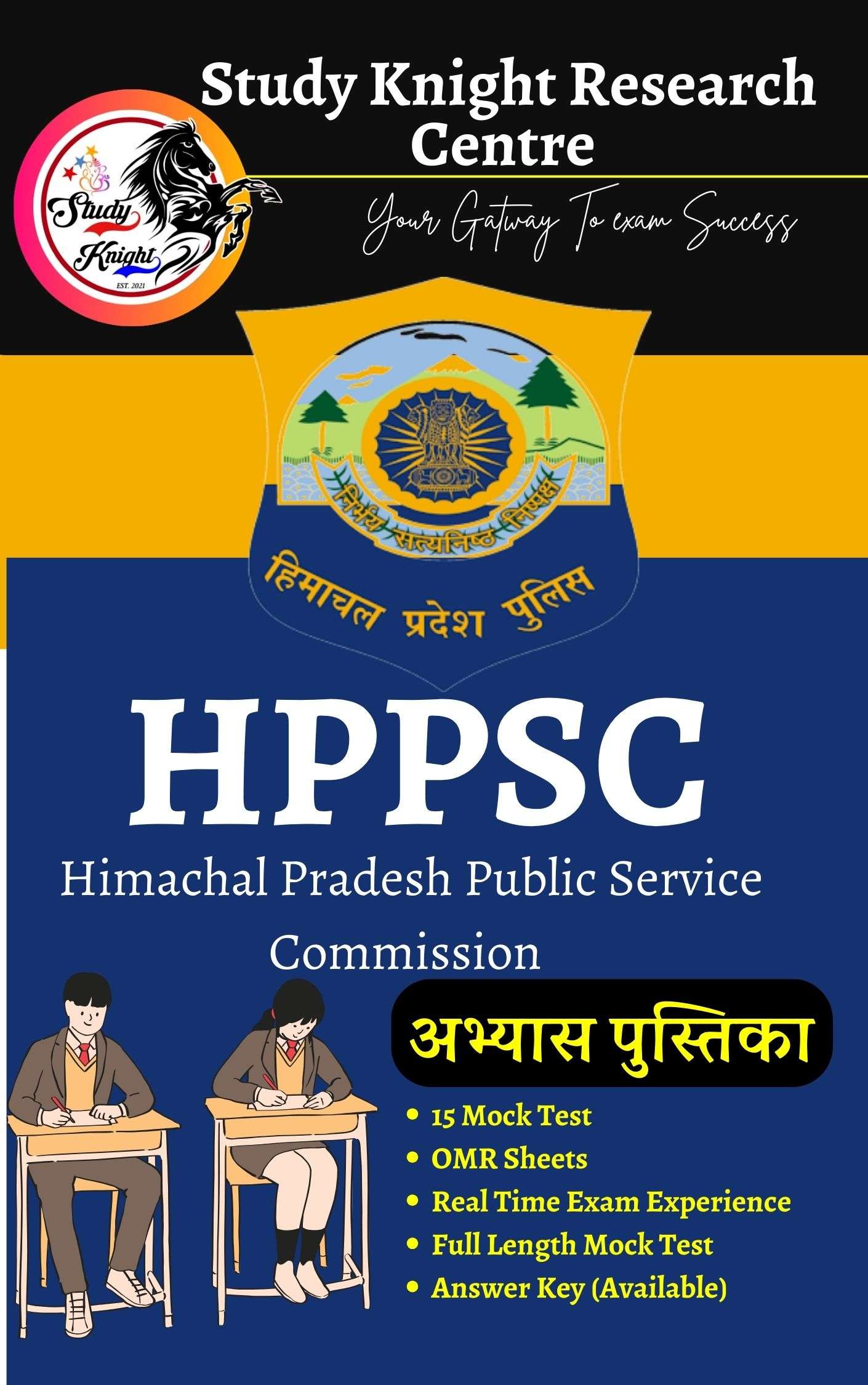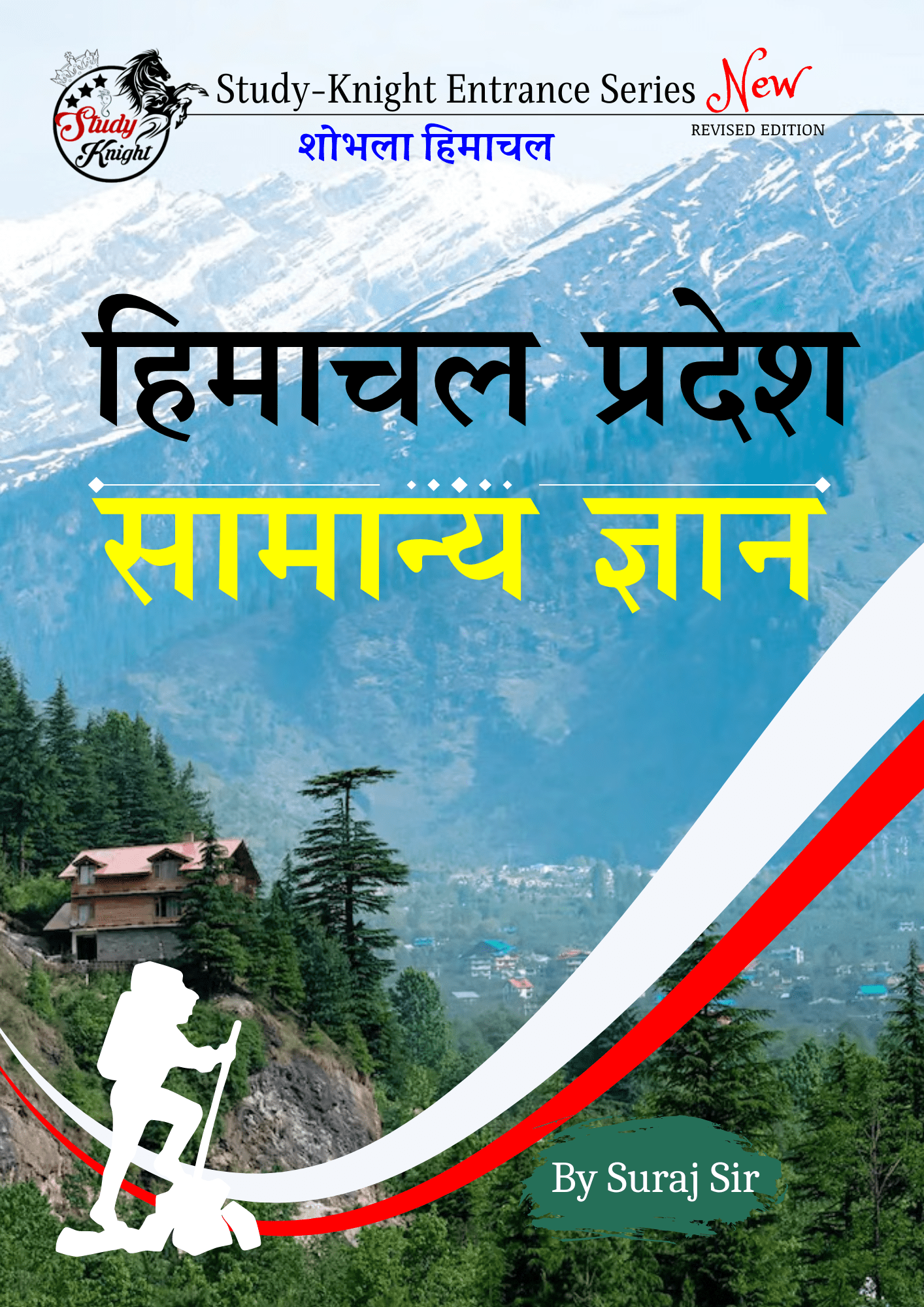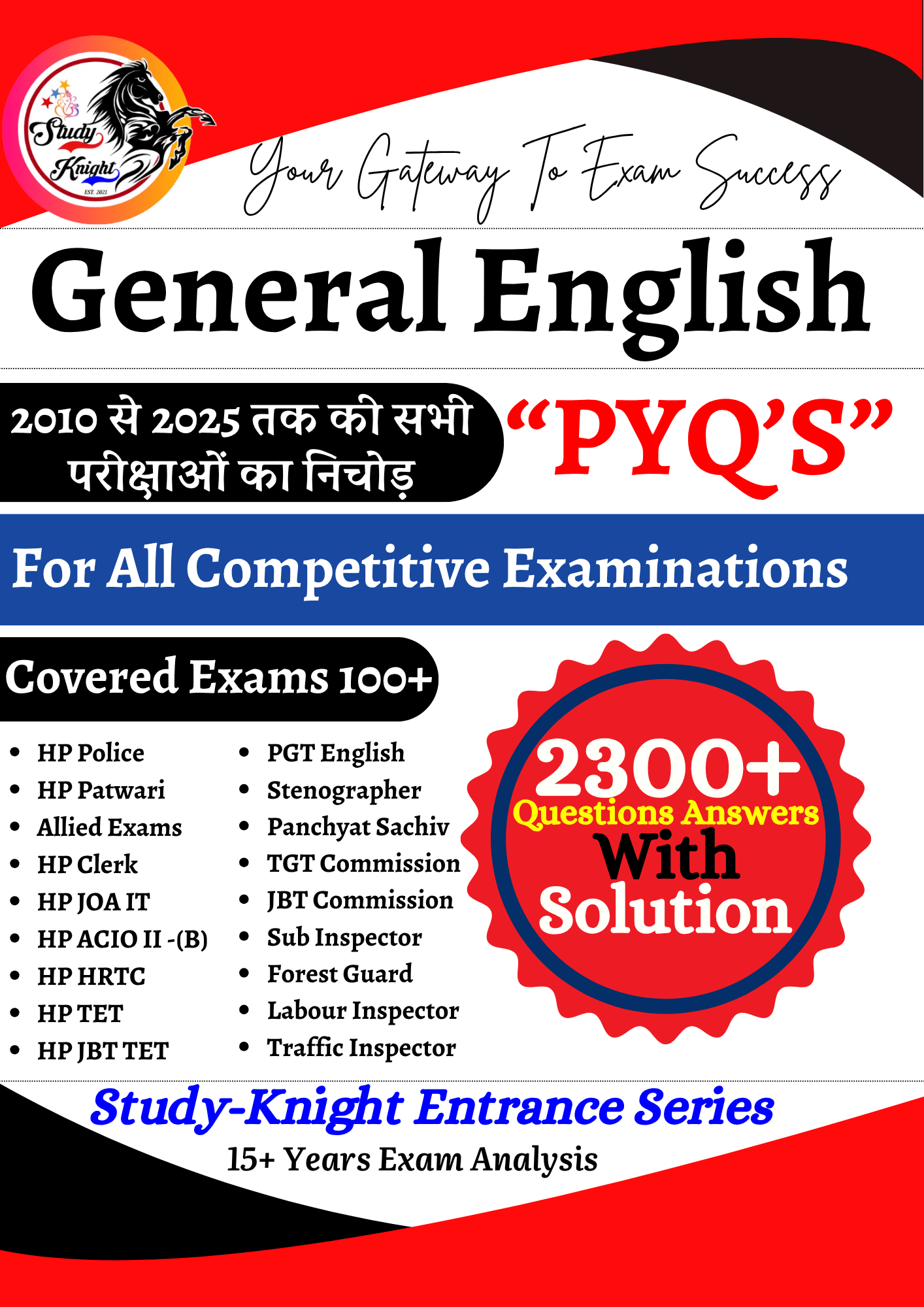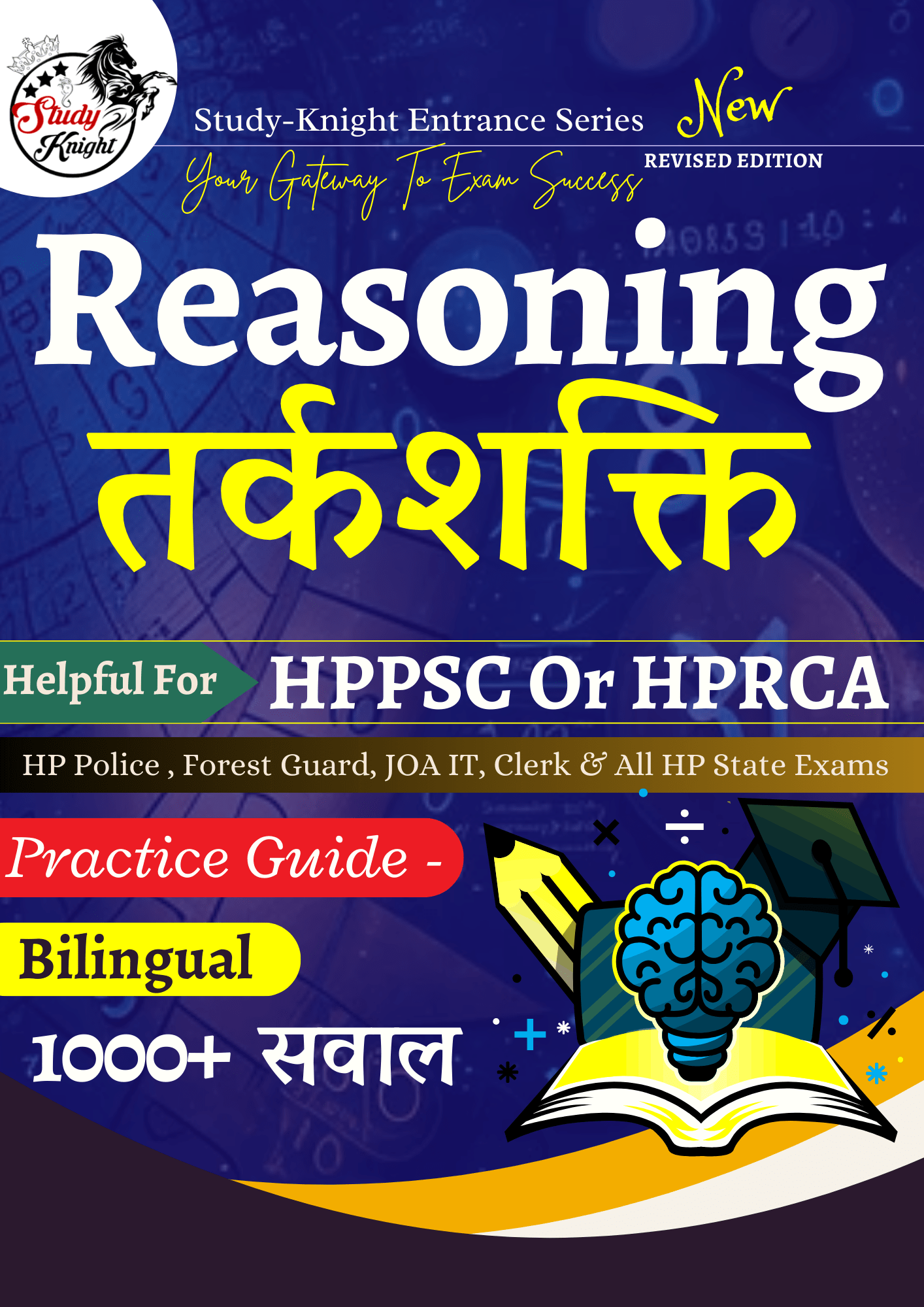Census of District Solan
Also Read This: Geography of Solan
Population Ranking:
Solan district ranks 4th in population among the districts of Himachal Pradesh.
Urban Population:
The district holds the 2nd position in terms of urban population within the state.
Sex Ratio:
With a sex ratio of 880 females per 1,000 males, Solan district is ranked 11th in the state. This ratio has improved from 852 females per 1,000 males in 2001 to 880 in 2011, but remains below the state average of 972 females per 1,000 males.
Working Force:
Solan stands 4th in terms of its working force, with a total of 298,737 workers out of 3,559,422 working persons in the state.
Population Growth:
The district ranks 2nd in decadal population growth (2001-2011) with a growth rate of 15.9%, compared to the state’s average growth rate of 12.9%.
Population Density:
With a density of 300 persons per square kilometer, Solan is ranked 4th in the state for population density.
Literacy Rate:
Solan holds the 4th position in terms of literate population, with 428,578 literate individuals.
Economic Dependency:
The economy of Solan district is predominantly agricultural. It has 141,267 cultivators, placing it 8th among the districts in the state.
Tourist Attractions:
Known for its pleasant climate, Solan attracts numerous tourists year-round. Key tourist spots include Solan town, Chail, Kasauli, Barough, and Dagshai.
Famous Produce:
Solan is renowned for producing off-season vegetables and is celebrated as the Mushroom City of India due to its significant mushroom production. It is also called the City of Red Gold due to its large tomato production.
Population Data
2011 Census
- Total Population: 580,320
- Male: 308,754
- Female: 271,566
- Growth from 2001: 15.93%
- Population Density: 300 people per sq. km
- Sex Ratio: 880 females per 1000 males
- Child Sex Ratio (0-6 years): 899 girls per 1000 boys
- Literacy Rate: 83.68%
- Male Literacy: 89.56%
- Female Literacy: 76.97%
- Child Population (0-6 years): 68,137 (11.74% of total population)
2024 Projections
- Projected Population: 678,600
- Population Growth from 2011 to 2024: Approximately 17%
- Population Density: (Assuming land area remains the same at 1,936 sq. km) ~350 people per sq. km
Urban vs. Rural Distribution (2011 Census)
- Urban Population: 102,147 (17.60%)
- Sex Ratio: 731 females per 1000 males
- Child Sex Ratio (0-6 years): 859 girls per 1000 boys
- Literacy Rate: 90.41%
- Rural Population: 478,173 (82.40%)
- Sex Ratio: 915 females per 1000 males
- Child Sex Ratio (0-6 years): 906 girls per 1000 boys
- Literacy Rate: 82.22%
Literacy Rates
- Overall Literacy Rate: 83.68%
- Male Literacy Rate: 89.56%
- Female Literacy Rate: 76.97%
Child Population
- Total (0-6 years): 68,137 (11.74% of total population)
- Male: 35,884
- Female: 32,253
Houseless Population (2011 Census)
- Total Houseless Families: 108
- Houseless Population: 550 (0.0948% of total population)
Religious Distribution (2011 Census)
- Hindu: 94.53% (548,579)
- Muslims: 2.53% (14,678)
- Christian: 0.25% (1,452)
- Sikh: 2.40% (13,926)
- Buddhist: 0.10% (574)
- Jain: 0.10% (591)
- Others: 0.02% (110)
- Not Stated: 0.07% (410)
Summary
In summary, Solan District has experienced significant growth in population and improvements in literacy rates over the years. The rural areas house the majority of the population, with a notable improvement in sex ratio and literacy rates over time. The projected population for 2024 suggests continued growth, though at a slower rate compared to previous decades.
This analysis provides a comprehensive view of Solan District’s demographic, educational, and socio-economic status based on historical and projected data.
Q.1 The population of Solan District in the 2011 Census was:
A. 500,557
B. 580,320
C. 658,900
D. 666,500
Answer: B
Explanation: The population of Solan District in the 2011 Census was 580,320.
Q.2 What was the sex ratio in Solan District according to the 2011 Census?
A. 852 females per 1000 males
B. 880 females per 1000 males
C. 899 females per 1000 males
D. 940 females per 1000 males
Answer: B
Explanation: The sex ratio in Solan District as per the 2011 Census was 880 females per 1000 males.
Q.3 How many children under the age of 0-6 years were there in Solan District according to the 2011 Census?
A. 66,434
B. 68,137
C. 70,000
D. 72,000
Answer: B
Explanation: There were 68,137 children under the age of 0-6 years in Solan District according to the 2011 Census.
Q.4 What was the literacy rate in Solan District in 2011?
A. 76.57%
B. 83.68%
C. 90.41%
D. 84.75%
Answer: B
Explanation: The average literacy rate in Solan District in 2011 was 83.68%.
Q.5 What percentage of the Solan District population lived in urban areas as per the 2011 Census?
A. 10.66%
B. 17.60%
C. 20.00%
D. 25.00%
Answer: B
Explanation: According to the 2011 Census, 17.60% of the population lived in urban areas.
Q.6 In the 2011 Census, what was the male literacy rate in Solan District?
A. 84.75%
B. 88.85%
C. 89.56%
D. 92.47%
Answer: C
Explanation: The male literacy rate in Solan District in 2011 was 89.56%.
Q.7 How many houseless individuals were there in Solan District according to the 2011 Census?
A. 108
B. 150
C. 200
D. 550
Answer: D
Explanation: There were 550 houseless individuals in Solan District according to the 2011 Census.
Q.8 What was the proportion of Hindus in Solan District according to the 2011 Census?
A. 90.00%
B. 94.53%
C. 98.00%
D. 95.00%
Answer: B
Explanation: Hindus constituted 94.53% of the population in Solan District as per the 2011 Census.
Q.9 According to the 2011 Census, what was the female literacy rate in Solan District?
A. 74.98%
B. 76.97%
C. 66.89%
D. 83.68%
Answer: B
Explanation: The female literacy rate in Solan District in 2011 was 76.97%.
Q.10 How many total families lived without any roof cover in Solan District as per the 2011 Census?
A. 108
B. 200
C. 50
D. 500
Answer: A
Explanation: In the 2011 Census, a total of 108 families lived without any roof cover in Solan District.
Q.11 What was the child sex ratio in Solan District in 2011?
A. 900 girls per 1000 boys
B. 899 girls per 1000 boys
C. 906 girls per 1000 boys
D. 910 girls per 1000 boys
Answer: B
Explanation: The child sex ratio in Solan District in 2011 was 899 girls per 1000 boys.
Q.12 What was the percentage of rural population in Solan District according to the 2011 Census?
A. 80.00%
B. 82.40%
C. 85.00%
D. 90.00%
Answer: B
Explanation: According to the 2011 Census, 82.40% of the population in Solan District lived in rural areas.
Q.13 What was the total number of literates in Solan District in 2011?
A. 332,410
B. 428,578
C. 500,557
D. 580,320
Answer: B
Explanation: The total number of literates in Solan District in 2011 was 428,578.
Q.14 As per the 2011 Census, what was the proportion of the population of Solan District to the total population of Himachal Pradesh?
A. 8.24%
B. 8.45%
C. 8.50%
D. 9.00%
Answer: B
Explanation: Solan District constituted 8.45% of the total population of Himachal Pradesh as per the 2011 Census.
Q.15 What was the population density of Solan District in 2001?
A. 300 people per sq. km
B. 259 people per sq. km
C. 280 people per sq. km
D. 310 people per sq. km
Answer: B
Explanation: The population density of Solan District in 2001 was 259 people per sq. km.
Q.16 According to the 2011 Census, what was the average literacy rate in urban areas of Solan District?
A. 82.22%
B. 84.75%
C. 90.41%
D. 76.97%
Answer: C
Explanation: The average literacy rate in urban areas of Solan District in 2011 was 90.41%.
Q.17 How many cities inside Solan District were mentioned in the provided data?
A. 1
B. 2
C. 0
D. 3
Answer: C
Explanation: According to the provided data, there were no cities or urban agglomerations inside Solan District.
Q.18 What was the male child population (0-6 years) in rural areas of Solan District according to the 2011 Census?
A. 30,029
B. 35,884
C. 32,253
D. 25,000
Answer: A
Explanation: The male child population (0-6 years) in rural areas of Solan District was 30,029 according to the 2011 Census.
Q.19 What was the average literacy rate in rural areas of Solan District in 2011?
A. 76.57%
B. 82.22%
C. 84.75%
D. 90.41%
Answer: B
Explanation: The average literacy rate in rural areas of Solan District in 2011 was 82.22%.
Q.20 What was the child population percentage (0-6 years) in urban areas of Solan District in 2011?
A. 11.74%
B. 10.66%
C. 12.02%
D. 13.27%
Answer: B
Explanation: The child population percentage (0-6 years) in urban areas of Solan District was 10.66% in 2011.


